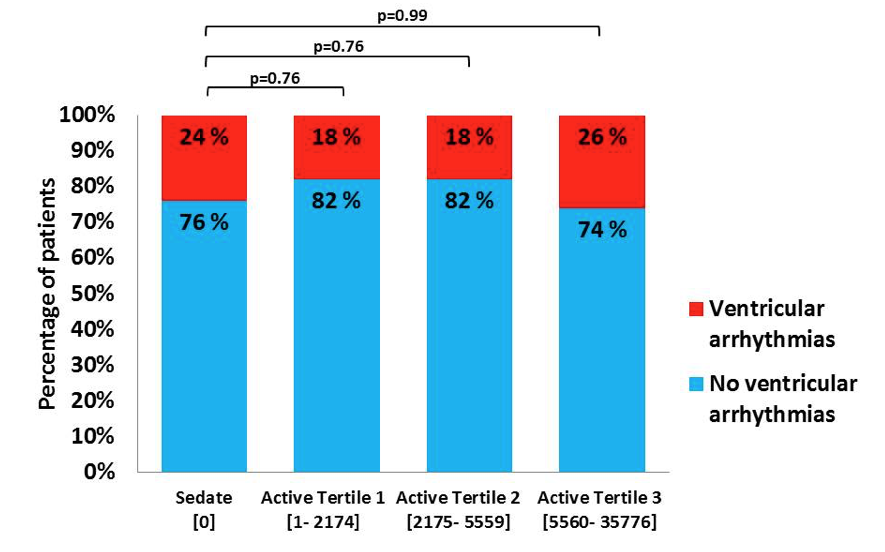Vigorous exercise in patients with hypertrophic cardiomyopathy
Dejgaard LA, Håland TF, Lie ØH, Ribe M, Bjune T, Leren IS, Berge KE, Edvardsen T, Haugaa KH
Cardiac adaptations to regular vigorous exercise include left ventricular hypertrophy, increased left ventricle volume and improved left ventricular diastolic function. Hypertrophic cardiomyopathy (HCM) is a cardiac genetic disease characterized by left ventricular hypertrophy, but contrary to athletes, HCM patients have smaller left ventricle volume and reduced diastolic function. How vigorous exercise impacts left ventricular morphology in HCM patients is unknown.
In 121 patients with HCM and 66 healthy HCM mutation carriers (HCM G+P-), we explored the relationship between lifetime vigorous exercise and cardiac morphology and function and occurrence of ventricular arrhythmias (VA).
Lifetime vigorous exercise correlated with larger left ventricle volume in both HCM and HCM G+P-, but was only associated with increased left ventricular mass within physiologic limits. Vigorous exercise was associated with improved left ventricular diastolic function in HCM P+ and occurrence of VA was equal across tertiles of lifetime vigorous exercise compared to sedate HCM P+ (figure).
We did not find harmful cardiac effects of exercise in HCM or HCM G+P-, and our results indicate beneficial effects of exercise, worth exploring further in larger studies. Current guidelines discouraging all competitive sports in HCM may be too restrictive.
